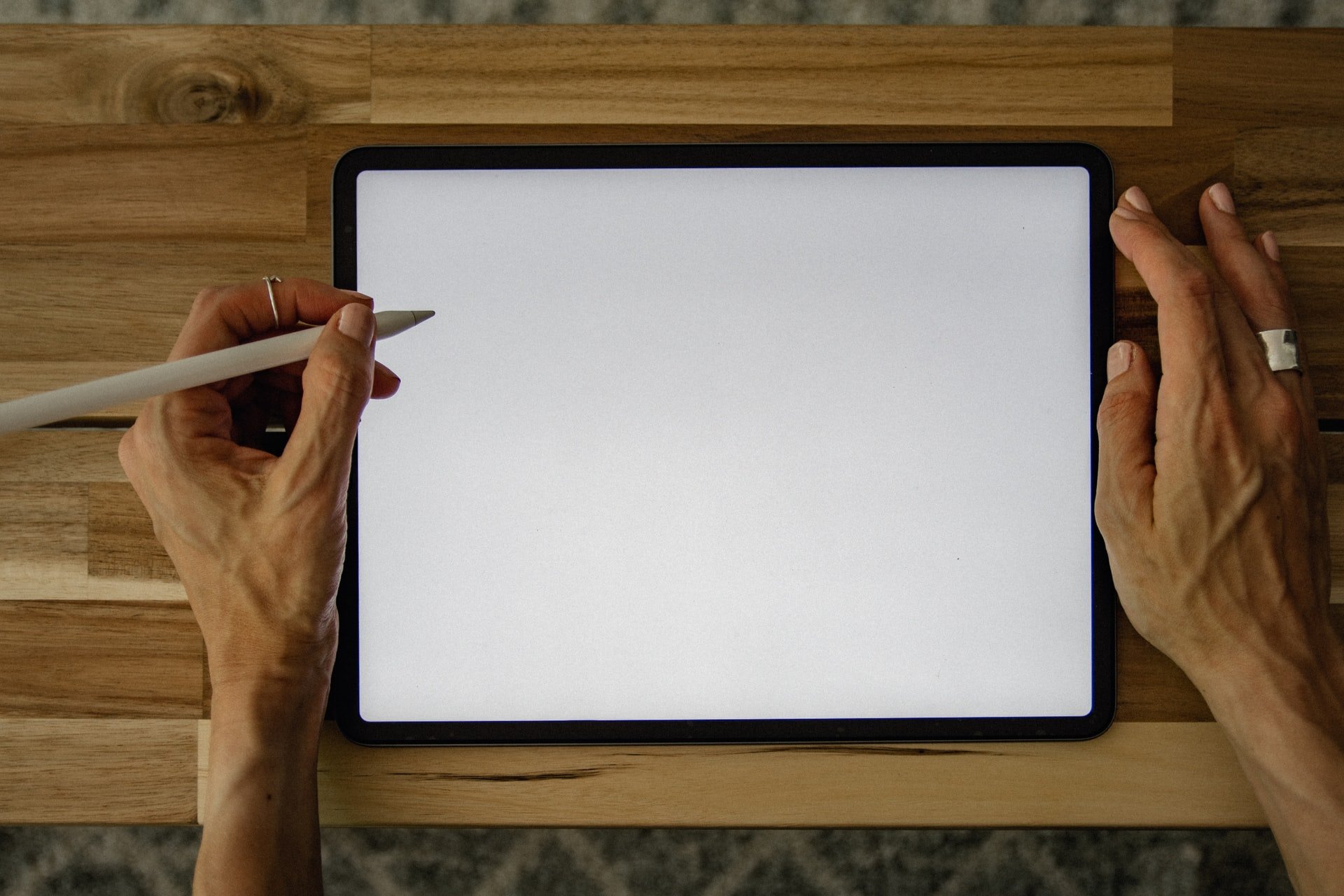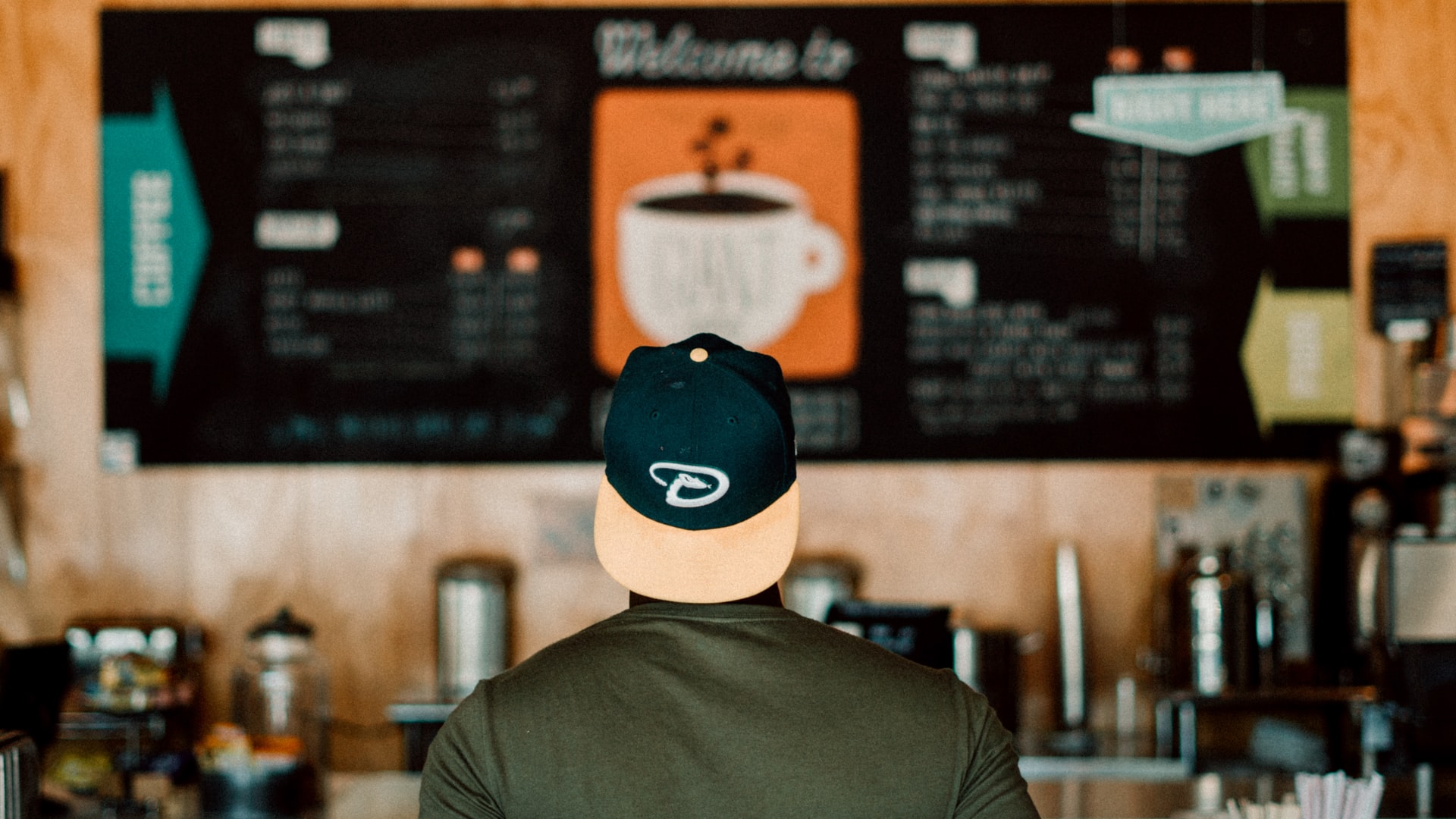Digital Menu Boards - 5 Things to Consider
Digital Menu Boards (DMBs) are a fantastic tool for restaurants and c-stores looking to improve sales. Since the brain processes an image 60,000...
2 min read
The Zutek Team : Jul 28, 2021 6:53:29 PM

The practice of menu engineering and psychology is not new and it is well established that an effectively designed menu can increase restaurant profits. Menu engineering is the process through which you determine how best to monetize the items on your menu and it requires a strong understanding of the profitability and popularity of each item. Blended together, the engineering and psychology of digital menu boards should increase your top and bottom line, while creating a strong customer experience consistent with your brand promise. The use of Digital Menu Boards brings a new facet and new opportunities to maximize the practice of menu engineering and psychology.
Categorizing - The Basics of Menu Engineering
Start by categorizing all of your offerings on a 2x2 matrix of popularity and profitability to start understanding how to optimize your business. As you analyze popularity and profitability, you will also want to take into account the effect of day-parting, as well as seasonal offerings to get the most accurate depiction of your mix. Strongly consider eliminating any items that fall in the low popularity and profitability section. Following this methodology also provides visibility of items that are high profit, but not very popular giving you the opportunity to develop a plan to increase popularity. Finally, with a firm understanding of the offerings that have the strongest sales and profits, you can focus your attention on optimizing your digital menu boards.
Using Psychology to Structure Your Digital Menu Boards
Next, start to structure the layout of your offerings on the menu boards based on popularity and profitability. Here are some excellent strategies from global restaurant consultants, AaronAllen & associates:
The Golden Triangle
When looking at a menu, our eyes typically move to the middle first, then to the top right corner, and then the top left corner. Place your top items accordingly.
Prioritize customer attention on high-profit items
As customers scan the menu, they will focus and prioritize the top two items in each section. Accordingly, list your highest-margin items first. That said, some people will tend to pick the bottom of a list. This is where you should place your most cost-effective offering.
Color Drives Behavior
The use of color on a menu can drive behavior. For example, the color green suggests freshness (or farm to fork), orange has been shown to stimulate the appetite, and red is used to persuade and encourage action.
Limitations Are Good
Too many menu choices can confuse a customer. Provide enough choices to give the customer options, but not so many as to frustrate them.
Negative is Positive
When looking at a packed menu, the eye will be drawn to items with the most space. Use negative space to create islands of high profit menu items that stand out and draw the eye.
Try Dropping the Currency
In some concepts it makes sense experiment with dropping the currency sign (e.g.: $) when it comes to pricing. The psychology is to remove the aspect of associating the item with the “pain” of cost, making the customer more willing to select a higher-priced item.
Pulling it all together
Digital Menu Board technology is an amazing tool to increase food and beverage sales in restaurants and c-stores, but it is still just a tool. Like any technology, Digital Menu Boards can only enhance or optimize your existing business processes. When you start with a strong understanding of your product mix and are mindfully marketing your most impactful items, supported by the use of tactics based in behavior psychology, then you will realize the highest return on investment.

Digital Menu Boards (DMBs) are a fantastic tool for restaurants and c-stores looking to improve sales. Since the brain processes an image 60,000...